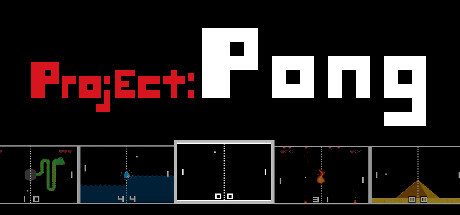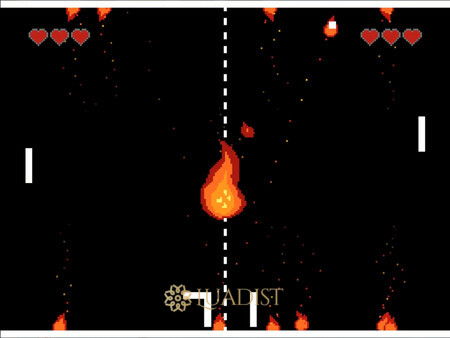| Title | Project:Pong |
| Developer(s) | Matteo D'Alessandro |
| Publisher(s) | Matteo D'Alessandro |
| Genre | PC > Indie, Casual |
| Release Date | Aug 28, 2020 |
| Size | 45.55 MB |
| Get it on | Steam Games |
| Report | Report Game |

Pong is a classic game that was introduced in the 1970s and is considered to be one of the first video games ever created. It is a simple two-dimensional game that involves two paddles, a ball, and a scoreboard. The objective of the game is to get the ball past the opponent’s paddle and score a point. Pong has been recreated in various forms over the years and is still a popular game among gamers.

Why create a Pong game project?
Creating a Pong game project is a great way to learn the fundamentals of game development. It is a simple game, which makes it an ideal starting point for beginners. By creating a Pong game, you will learn important concepts like game physics, collision detection, and user input handling. You can also practice your coding skills and experiment with different design elements to make the game more interesting.

Getting started with the Pong game project:
To create a Pong game project, you will need to have some basic knowledge of HTML, CSS, and JavaScript. If you are new to these languages, you can find many tutorials and resources online to help you get started. You can also use game development frameworks like Unity or Phaser, which provide a more structured approach to creating games.
Once you are familiar with the basics, you can begin by creating a simple HTML page that will serve as the canvas for your game. Use CSS to style the page and give it a retro look and feel, reminiscent of the 1970s. Then, use JavaScript to create the game logic and make the paddles move based on user input. You can use the HTML5 canvas element to draw the game objects like the paddles, ball, and scoreboard.
Advanced features to add to your Pong game:
Once you have the basic version of Pong up and running, you can add more advanced features to make your game more challenging and engaging. Here are some ideas you can incorporate into your Pong game project:
- Increasing difficulty level: You can make the game more challenging by increasing the speed of the ball or making the paddles smaller as the game progresses.
- Power-ups: You can introduce power-ups that can give players an edge in the game, such as temporary speed boost or an enlarged paddle.
- Multiplayer functionality: You can add a multiplayer feature to your Pong game, allowing two players to play against each other on the same screen.
- Sound effects: Adding sound effects to your Pong game can enhance the gaming experience and make it more immersive for players.
Conclusion:
Creating a Pong game project is a fun and interactive way to learn game development. It is a great project for beginners and can also be a challenging task for experienced developers. By adding more features and experimenting with different design elements, you can turn a simple Pong game into an engaging and addictive gaming experience. So, what are you waiting for? Get started on your Pong game project now!
“Creating a Pong game project is a fun way to learn game development and can be a challenging task for experienced developers.”
System Requirements
Minimum:- OS: Windows xp or higher
- Processor: Intel Pentium 4 Series
- Memory: 1 GB RAM
- Graphics: CPU-integrated or on-board graphics
- Storage: 30 MB available space
How to Download
- Click the "Download Project:Pong" button above.
- Wait 20 seconds, then click the "Free Download" button. (For faster downloads, consider using a downloader like IDM or another fast Downloader.)
- Right-click the downloaded zip file and select "Extract to Project:Pong folder". Ensure you have WinRAR or 7-Zip installed.
- Open the extracted folder and run the game as an administrator.
Note: If you encounter missing DLL errors, check the Redist or _CommonRedist folder inside the extracted files and install any required programs.











